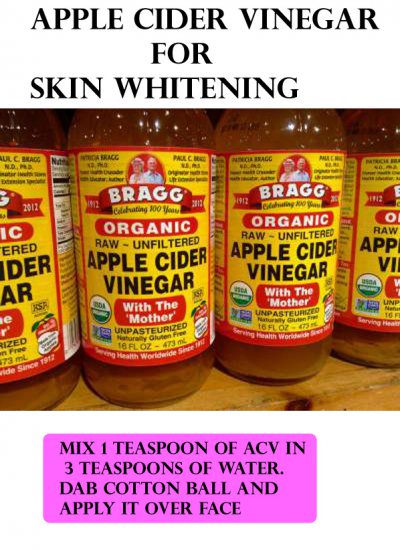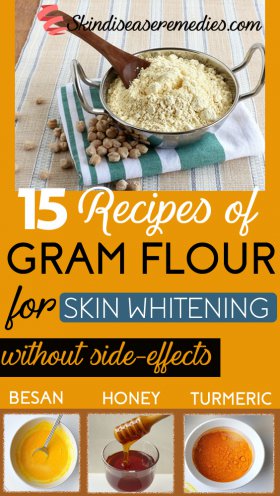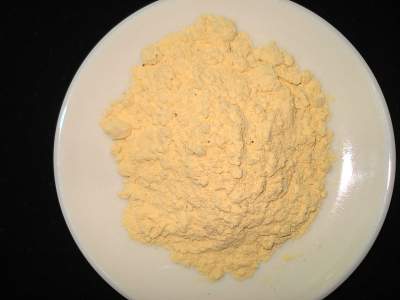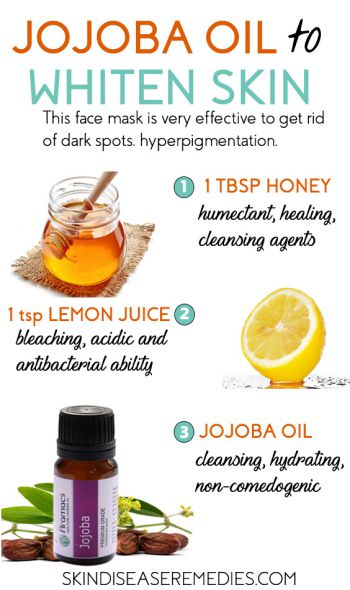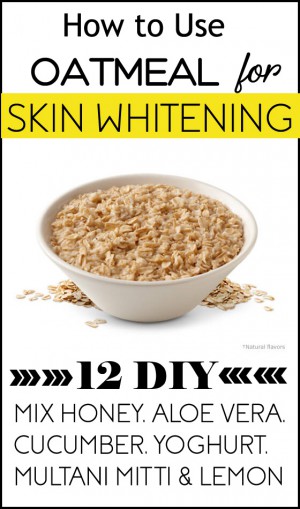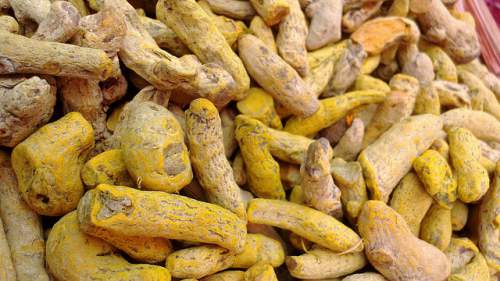
Being the most exposed part of your body, pollutants and impurities pile over the skin. Here you’ll learn how to use apple cider vinegar for skin whitening.
Media promoted cosmetic facial cleansers include refined natural elements and chemical preservatives that may irritate your sensitive skin.
ACV is a natural remedy that can effectively cleanse your face and restrain bacterial infection. Other assorted nutrients in this ingredient can enhance the healthy functioning of your skin.
What Causes Hyperpigmentation, Dark Spots or Dark Complexion?
Melanin is the pigment responsible for your skin color.
Internal factors influence melanin production resulting in dark complexion or patches at various parts of your body.
Long exposure to sunlight, certain medications, pregnancy, skin ailments, hormonal changes and your diet are held responsible for skin discoloration.
Is Apple Cider Vinegar Good for Skin?
Packed with excellent nutrients, ACV is extensively used for culinary purposes. Medicinal properties of this remedy help to treat various ailments including acne, eczema, and psoriasis.
- Acidic elements in ACV will help you to wipe the impurities off the face. These impurities if not removed will block your skin pores and lead to acne blemishes and dark spots.
- Antioxidant properties eliminate free radicals that can damage cell membrane.
- Acetic acid is the active ingredient in vinegar; it exhibits antimicrobial properties to kill a bacterial infection.
- Glycol residing in ACV will make your skin clean and improve overall texture.
- Alpha hydroxy acids in ACV will effectively shed dead cells over the skin.
- Regular use of vinegar can reduce excess production of sebum and prevent pimples.
- Vitamins and minerals housed in ACV will reduce aging wrinkles and make it glow naturally.
- Helps to maintain pH level of the skin.
Note: It’s not recommended to directly apply the ACV on your face. Instead, dilute it with other ingredients and evenly massage over the face.
How to Use Apple Cider Vinegar for Skin Whitening?
There are varied ingredients which can be added to apple cider vinegar to make your skin lightening. Few of them are discussed below.
#1 Apple Cider Vinegar and Honey
Prominent for its humectant properties, honey locks moisture over the skin and protects it from harmful UV rays.
Antibacterial, anti-inflammatory and antioxidant abilities of this innate ingredient guard your skin against irritants and lighten the appearance of wrinkles.
Vitamins and minerals in honey promote cell regeneration and improve your skin tone providing a natural glow.
- Wash your face to remove impurities and dead cells.
- Pat dry with a clean cloth.
- Mix 2 tablespoons of honey with 1 tbsp of ACV.
- Apply the mixture evenly and leave it to dry naturally for 15-20 minutes.
- Rinse it off with water.
- Repeat the process 2-3 times in a week.
#2 ACV and Baking Soda
Exfoliating ability of baking soda helps to remove excess oil and impurities from the skin.
Bleaching property of baking soda reduces the appearance of dark spots and makes your skin radiant.
- Mix 2 tablespoons of ACV with 2 tbsp of baking soda.
- Apply this obtained mask on pre-washed
- After 10-15 minutes, rinse it off with water.
- Excess use of baking soda may irritate your dry skin. Apply natural moisturizer after this recipe.
#3 Apple Cider Vinegar for Skin Lightening
Blend apple cider vinegar with an equal quantity of water. Dip cotton ball and wipe over the face to remove impurities. Leave the mask for 15-20 minutes then rinse it off.
You can also use steaming process by adding few drops of apple cider vinegar to hot water and expose your face towards the steam.
To use ACV as a spot treatment, dip a cotton ball in ACV solution and apply it on pimples.
#4 ACV and Aloe Vera
Known for its soothing properties, aloe gel is packed with 96 percent of water. Vitamins and minerals residing in this gel help to regulate melanin production and promote collagen production.
- Take fresh aloe vera and peel its skin.
- Mix the obtained gel with 1 tablespoon of apple cider vinegar.
- Wash your face and pat dry.
- Apply the mask evenly and leave it to dry naturally.
- Rinse it off with cold water.
#5 Apple Cider Vinegar and Olive Oil
Vitamin A and E residing in olive oil protects your skin from UV rays and impurities.
Assorted nutrients in this innate ingredient regulate melanin production and improve your skin complexion.
- Dilute 1 tablespoon of apple cider vinegar with 1 tbsp of olive oil.
- Mix thoroughly and apply it over pre-washed
- Leave it to dry naturally for 15-20 minutes.
- Rinse it off with water.
#6 Apple Cider Vinegar and Lemon Juice
Vitamin C housed in lemon juice lightens the appearance of dark spots from the face. Bleaching, antioxidants and antibacterial abilities of lemon reduce melanin production and cleanse your skin.
- Mix ½ teaspoon of apple cider vinegar with lemon and honey.
- You can add some water to dilute the solution.
- Now apply the mask evenly on the face and leave it to dry for 15-20 minutes.
#7 Apple Cider Vinegar and Onion Juice
Flavonoids residing in onion exhibit vitamin C properties. Its antioxidant agents also help to improve your skin texture. Bleaching ability of onion juice can lighten the appearance of dark patches.
- Mix required an amount of onion juice with 1 tbsp of apple cider vinegar.
- Apply the mixture on the face using a cotton
- Leave it for 15 minutes.
- Rinse it off with water.
- Use this simple recipe twice in a week.
Bonus: Homemade ACV Drink
It’s important that you internally supply essential nutrients to your skin. Ingesting ACV will remove toxins and boost your immune system.
Don’t ingest ACV directly it damage tooth enamel and esophagus.
- Mix 2 tablespoons of ACV with a glass of drinking water.
- Stir well and consume it.
- You can also add 1-2 teaspoon of raw honey to make it delicious.
Where to Buy Apple Cider Vinegar?
While taking ACV see for “mother of vinegar” on the bottle. This denotes the vinegar is organic and has all nutritional values. Other ingredients that you can mix with ACV are lavender oil, tea tree oil or coconut oil.
Buy it from a local store or from Amazon.
Tips
- Ingredients that irritate your skin must be avoided.
- Excess use of baking soda or lemon juice will make your skin sensitive towards sunlight.
- Apart from applying this face mask, ingest vitamin rich diet and drink enough water.
- Avoid stress, as researchers say that it triggers ailments.
- Apply sunscreen cream while going out to protect your skin from UV rays.
- Long exposure to computer screen also results in dark circles.
If you ever used apple cider vinegar for skin whitening, share your views in comments.
